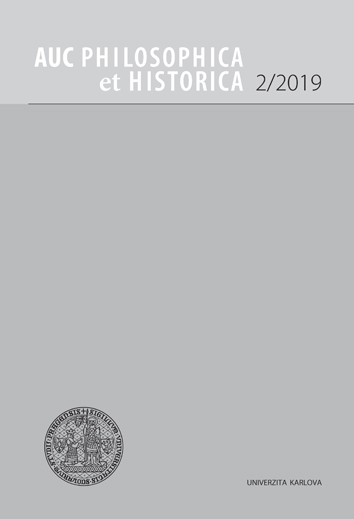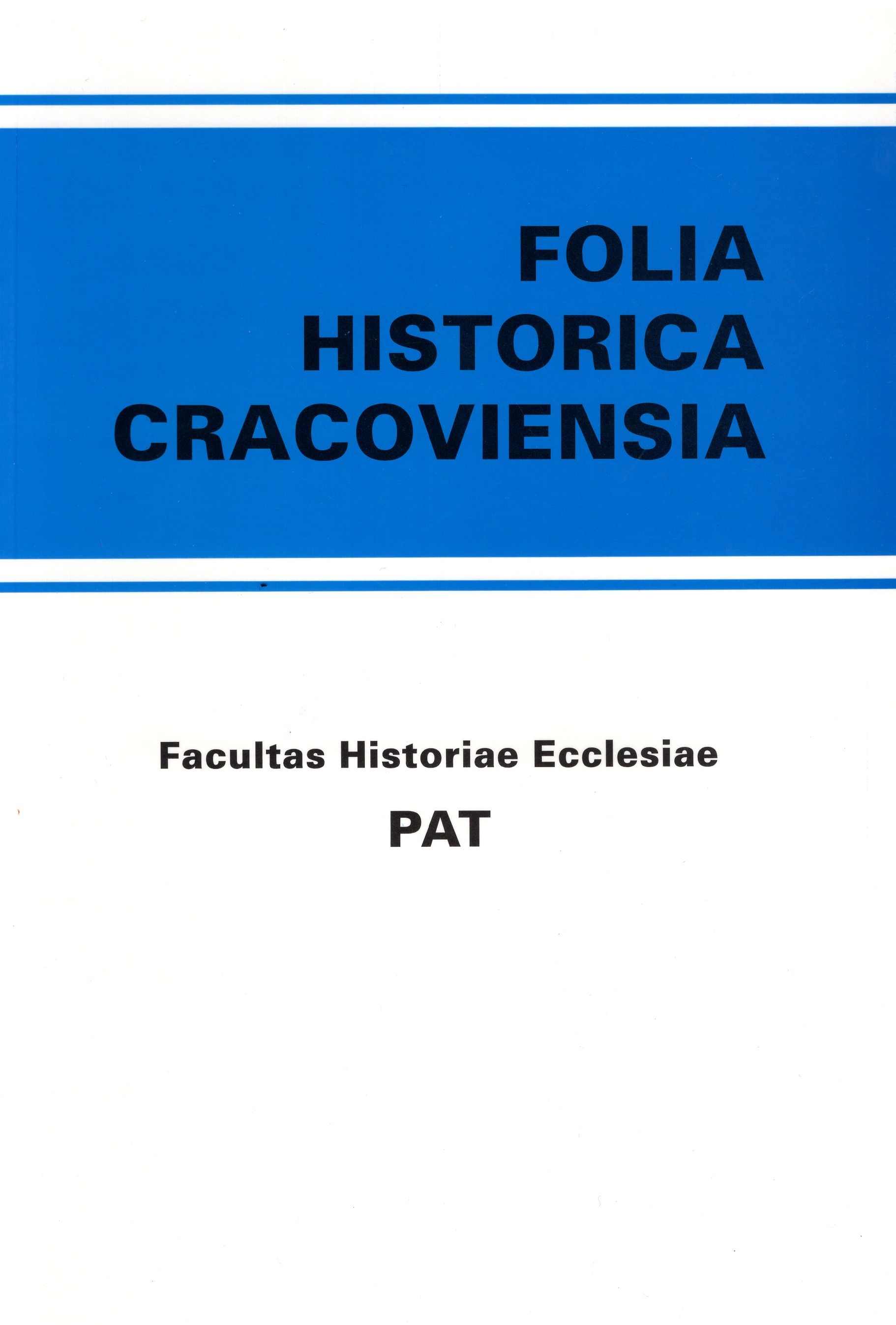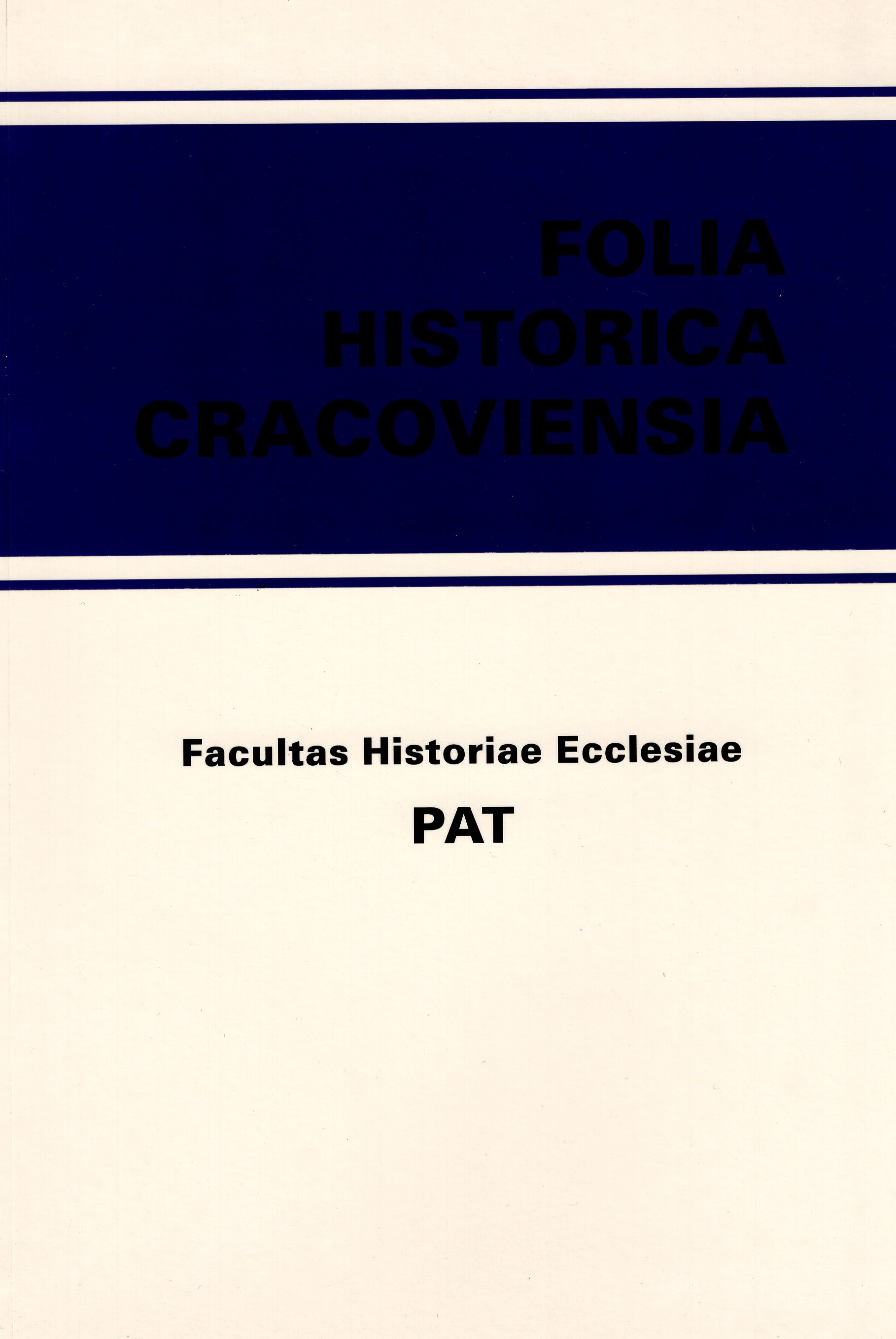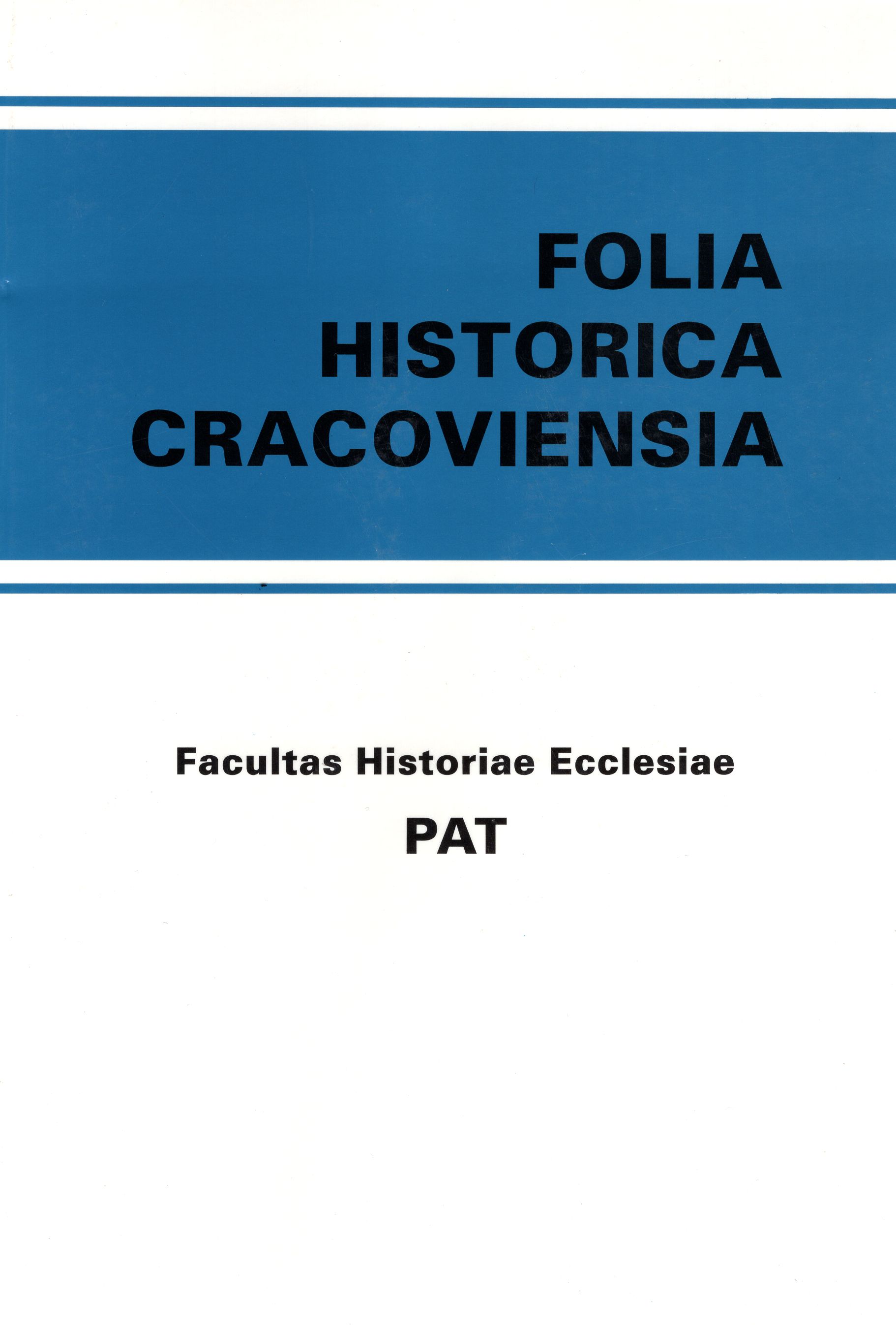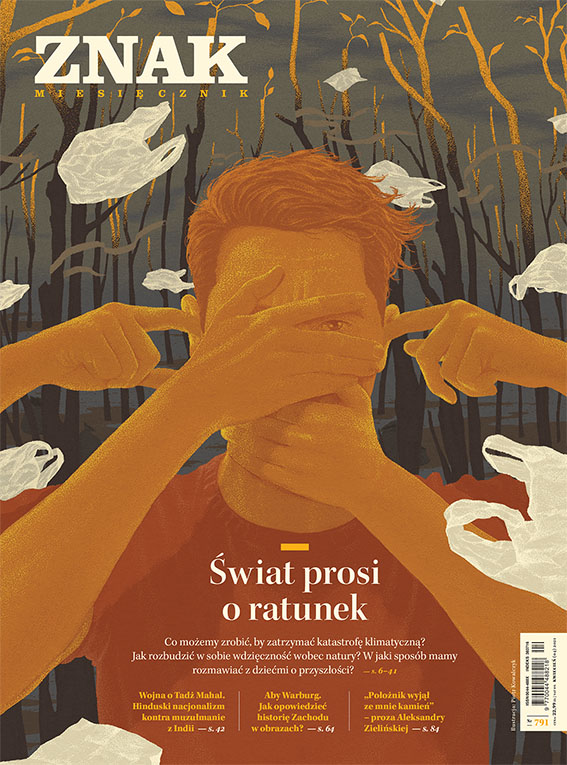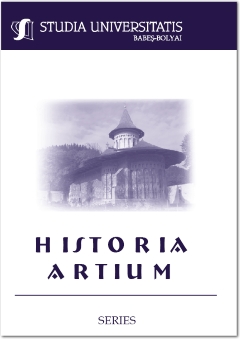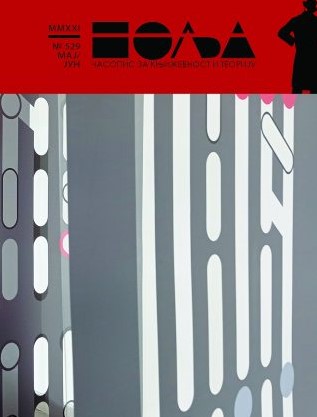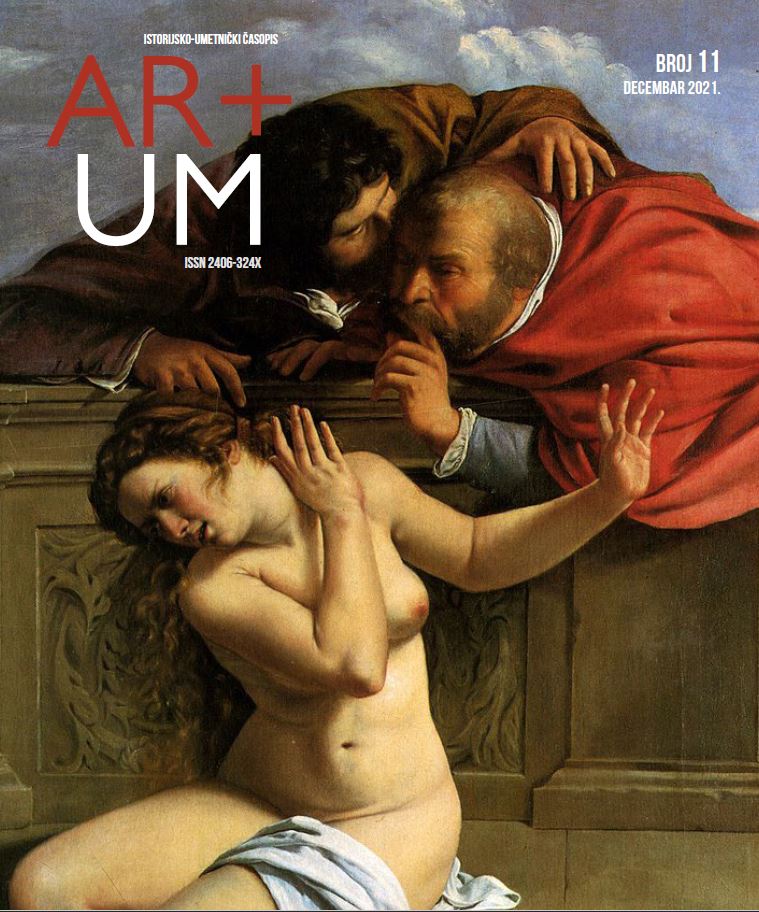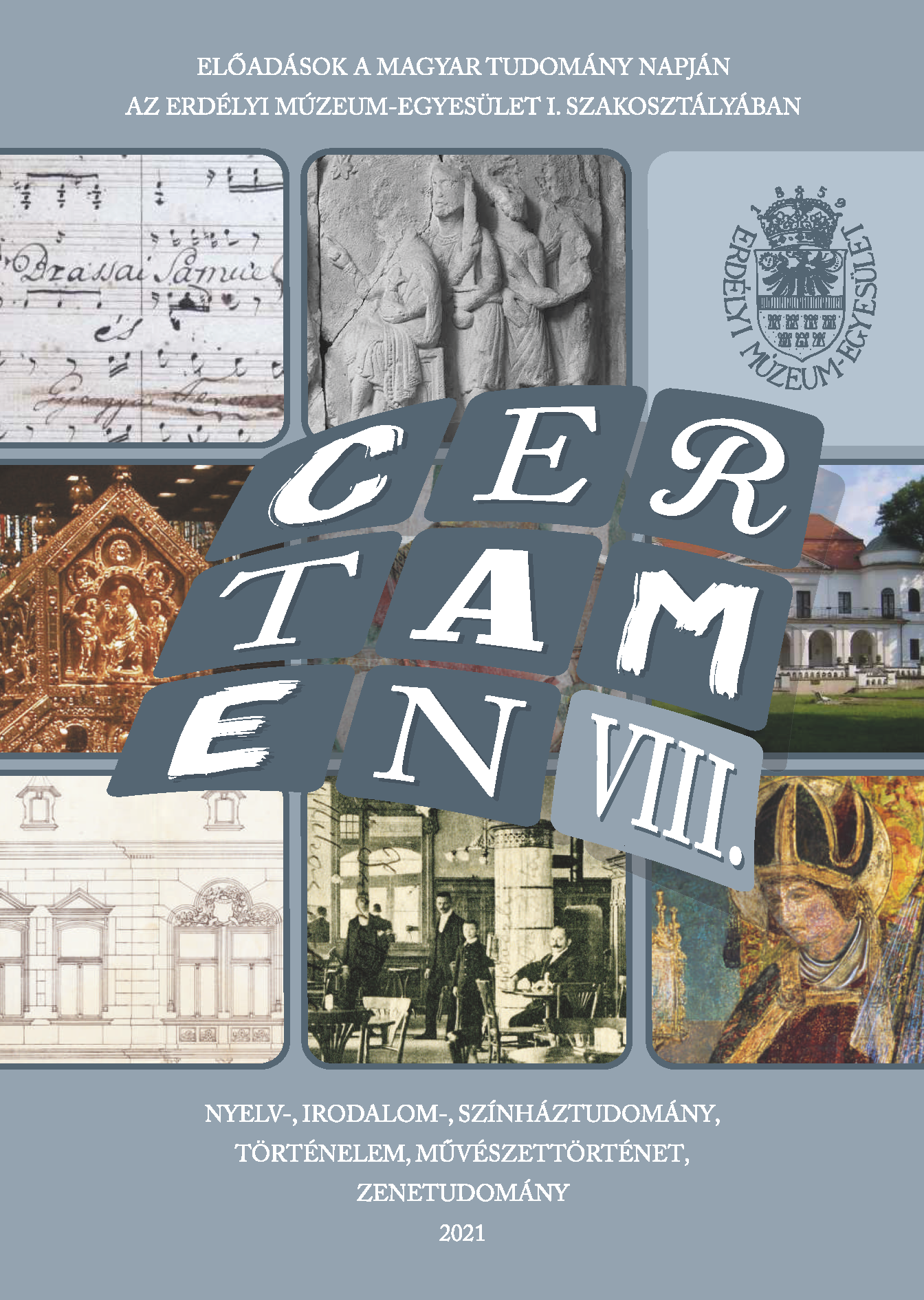Author(s): Marek Walczak / Language(s): Polish
Issue: 1/2004
The history of the chapter house of the Dominican Friars in Cracow is not known in greater detail. Only two medieval documents with a mention of it are known. In in capitulo fratrum ordinis Praedicatorum Cracoviae of 1244 an endowment for the Cistercian monastery in Mogiła was confirmed. In Cracovie in capitulo fratrum predicatorum of 1306 the purchase of land in Dąbie, near Cracow, was certified. Marcin Szyma estimated that these notes cannot be ascribed to one building, which means that there were two gathering places for monks, one built after the other. Szyma locates the oldest chapter-house in the site of today’s sacristy and links it with a brick wall with a biforium window and portal remains, found in the western wall of the building. The older record marks terminus ante quern, and comparative chronology and analysis of style point to 1240s as the date of extension of the house. A new chapter house was built in Szyma’s assessment at the end of that century, and certainly before 1306. The building has fairly rich decorative carving, infrequently mentioned in historical records. The portal in the western wall of the chapter house has had three preserved, if tumbledown, consoles carved in yellowish, fine-grained sandstone. The closest analogies to these decorations are to be found in edifices built for the last members of the Premyslids dynasty, especially for king Premyslav Otokar II in the third quarter of the 13th century. In works connected with the “Premyslids building school” compact, block-like shapes of caps, ‘coated’ with tiny leaves and decorative ‘crowns’ at rib base were fairly common. Consoles in a portal of the oldest fragment of Śpilberk in Brno or chapels in the castles in Bezdez, Horsovsky Tyn, Zvikov and Buchlov are of special importance for these considerations. Czech examples most often employ a variety of flora, yet, even here, in the portal caps of the monastery in Hradiśte on Jizerou (ca 1260) we come across a laciniated acanthus with characteristic folds. The connections described testify to the origins of the Cracow’s portal at the end of the third at the earliest or, most probably, the beginning of the fourth quarter of the 13th century. Until 1301 Czech Dominicans belonged to one province with Polish friars. Political expansion of Premyslav Otokar II in Polish territory, and especially in Cracow, led to a number of alliances with princes of the Piast dynasty, including Boleslaus the Chaste. The sandstone capital preserved in the Franciscan monastery can also cast light upon artistic connections between Cracovian and Czech sculptors. The capital, which has gone practically unnoticed in professional literature, is believed to be a fragment of an unfinished portal from the first tierce of the 14th century. The Cracow fragment is closest to the caps found in a Benedictine monastery at Ostrov, near Davie from ca 1260-1280 (Prague, National Museum), and the capital from St. Ludmila’s chapel, which until 1894 adjoined the sacristy of the Virgin Maiy’s church at Tyn in Prague (Prague, National Museum). Vault brick ribs are provided with stone leads at the base and are supported on stone consolas with three curved offsets. In each of the three bays there is a round keystone with an engraved decoration with a spatial, almost perfectly plastic character. Naturalistic character of the keystone with a floral pattern leads back to the French cathedral decorations. These decorations were introduced in the East by big workshops in the Reich, with the workshop of Naumburg Master in the first place. The spatial, openwork form, which consists of leaves rendered in a perfectly plastic way, approximates the Cracow carving to, for example, keystones in the body of the naves in the cathedral in Meissen. Figural reliefs seem to refer to works of the ‘expressive’ trend in sculpture of the second half of the 13th and the beginning of the 14th century, which have unquestionable connections with the alternative Gothic painting or with the formula of the zigzag style (German Zackenstill). Angular breaking of folds was considerably softened here due to exceptionally fleshy treatment of matter. Huge piles of fabric are very plastic, which blurs the outline of the drawing and washes away its expression. The closest similarity links these sculptures with works that came from Saint Erminold Master workshop - one that played a key role in the development of stone sculpture in the territory of the Reich at the close of the 13th century. The style character of sculptures (especially this ‘underlying’ tradition of the zigzag style, readable amongst piles of fleshy matter) points to the times short after the year 1300 as their origin. Hie workshop that was completing the walling up in the Cracow Dominican monastery combined the solutions known in Central Europe, while the dominant role seems to be played by patterns from Austria and the southern parts of the Reich (Regensburg). Basic role in the artist’s choice could have been played by wide contacts of friars within the order, if only through going for general studies.
More...
